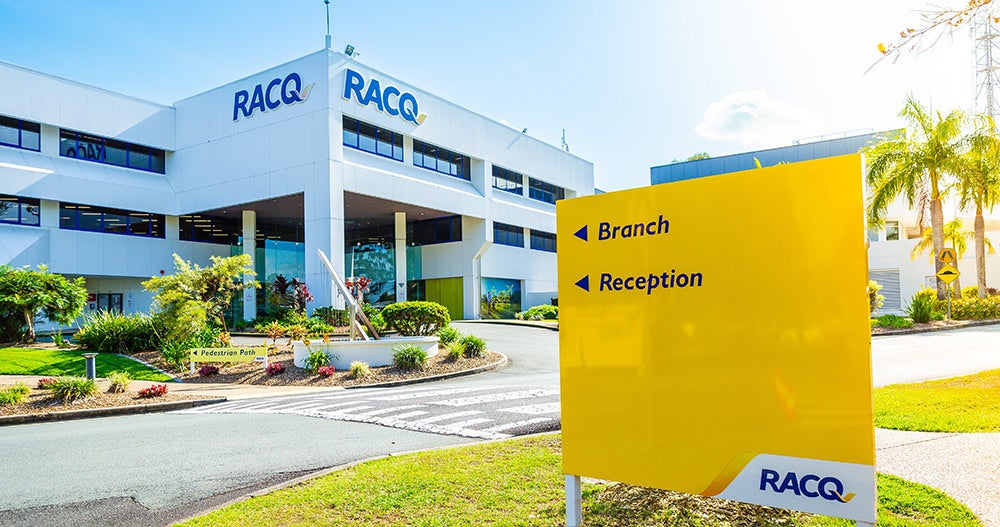
There are easier markets to target but Armundia’s Gianluca is unswerving in his assertion that the firm will prosper in the UK.
Berghella tells PBI: “It is a strategic, natural choice for us, because the UK and London in particular, is one of the most dynamic and advanced and financial ecosystems in the world. If you want to be at the forefront of innovation in banking and insurance, that’s the place where you need to be.”

Access deeper industry intelligence
Experience unmatched clarity with a single platform that combines unique data, AI, and human expertise.
Gianluca Berghella, Armundia Group President & CEO speaks with Douglas Blakey, GlobalData group editor, banking and payments
Berghella is quick to stress that its UK plans are not merely an adjunct of ambitions to expand its business. For him, its recent UK launch is about bringing Armundia’s approach to a market that is vibrant, open to change and offering strong demand for concrete, secure and sustainable digital solutions.
And here, Armundia has a track record of success he can highlight. He is just as eloquent when sets out his approach to technological innovation and AI. And with the banking sector undergoing consolidation, he reveals his vision for the future of the industry and how Armundia will position itself.
Armundia Group serves a diverse client base in the banking and insurance sectors, offering cutting-edge software solutions and tailored services. Its platforms cater to a broad spectrum of needs, from small family offices and brokers to the sophisticated demands of large financial and insurance institutions.
Operating in 11 countries with offices in four European hubs, the company is in a phase of international expansion. This includes ramping up its ambitions to grow its presence in the UK.

US Tariffs are shifting - will you react or anticipate?
Don’t let policy changes catch you off guard. Stay proactive with real-time data and expert analysis.
By GlobalDataSays Berghella: “We primarily target institutions operating in private banking, asset management, wealth management and insurance services. In particular, Armundia works with firms facing complex challenges related to digital transformation, compliance and service personalisation. Our value proposition is based on several elements for modular solutions, zero legacy, cloud and native architecture all backed with a very deep specialist expertise in the financial sector.”
This expertise has been built over more than 30 years with notable success in undertaking numerous major projects for leading Italian-headquartered international banking groups.
“We approach each new project with a deep understanding of industry dynamics and a very concrete vision of real operational needs. So we combine technological capabilities, domain knowledge and a people centred approach to build a very tailored solution that generates lasting value. This is our focus.”
On AI, he argues that while the technology presents tremendous opportunities, the tech must be used responsibly and with foresight.
“For us, ethics play a central role. We cannot allow technology to drag us into a future we do not want. We must put it at the service of humanity. This means designing tools that simplify peoples lives. That means streamlining processes, enhancing skill and contributing to overall wellbeing. And it means empowering people, not replacing them. It’s not about competing with machines but collaborating with them. It’s not about replacing the human intelligence but amplifying and protecting it. This is the kind of innovation we believe in and bring to our clients projects every day. This is our mission.”
Tech impact of banking M&As often overlooked
Berghella has sound views on the tech implications of the forecast acceleration in banking consolidation. He says that M&A activity must act as a strategic lever for technological renewal, capable of creating truly competitive structures. Every year, banks invest huge resources in data migration but they do so without rethinking the information systems that determine their effectiveness. He says that this is a strategic error. For a merger to be truly competitive, a modern technological infrastructure is needed, in line with the core business, with operational and market needs, and capable of enhancing the vast wealth of data available.
In many cases, M&As focus solely on growth or cost rationalisation, neglecting he believes should be the true driver of change: digital transformation. He says that we are witnessing significant investment in data migration, but without a real rethinking of information systems. The result is that infrastructure remains obsolete, with core banking systems that are over 30 years old and legacy system that are difficult to integrate.
“We believe that banks post-merger must be truly competitive and built on a modern flexible technological foundation that is aligned with the business. It’s not just about merging structures. It must be about building an infrastructure that is capable of maximising the bank’s information assets. Digital can and must be the engine of evolution. But it cannot work if it’s fitting on the old into an old system.
A clear structure and a long-term vision is needed, and above all, a strategic collaboration between financial institution and technological operators.
People empowered, people centred
“Financial institutions are undergoing a profound transformation. We are not just talking about digitalisation, but structural change that involves strategies, processes and operational models. Smart technologies which collect data, profile customers and automate end to end processes are not only means to make services more efficient. They are primarily aimed to personalise them, make them more aligned with the real needs of people, more timely and more effective.
“Take advisory services, for example. It is no longer a linear process, but an ecosystem that connects advisors, clients, the digital platform and analytical tools. Interaction is increasingly conversational, natural and integrated into daily life.
Ultimately, this revolution has a clear goal: to empower people. The technology we develop is designed by humans for humans.
They are meant to amplify capabilities, not to replace them, to enhance the experience, not complicate it.
That’s why people empowered and people centred is not just a slogan for us, but a clear direction. Putting people at the centre means designing solutions that are intuitive, accessible and adaptable for them. But it also means building together with our client, with listening and a shared vision. True innovation for us improves lives and endures over time.
This is our this is our approach and our vision for the future of the technological and transformational activities. For that culture to work, it starts at the top and it starts with you.”







